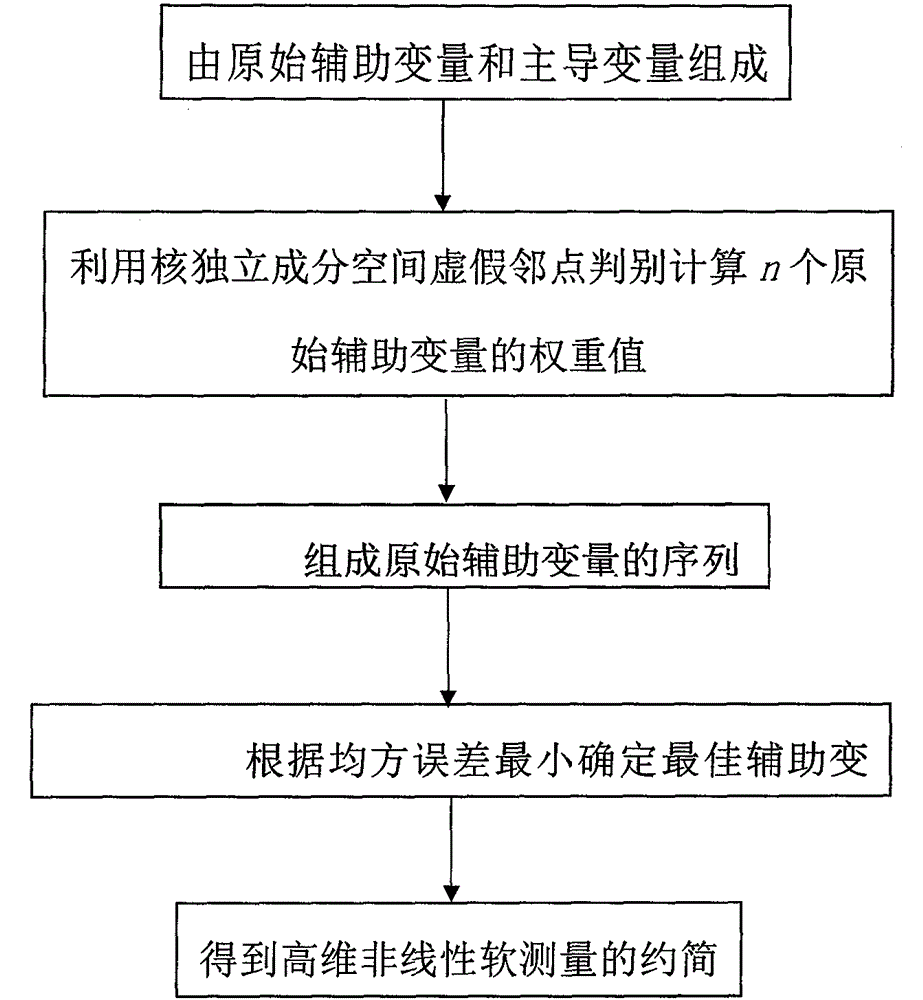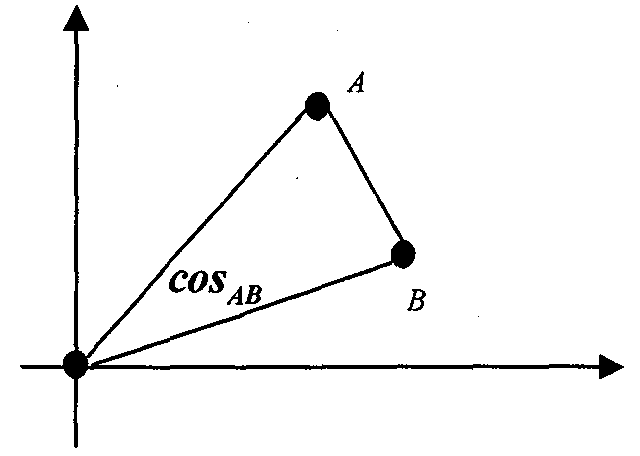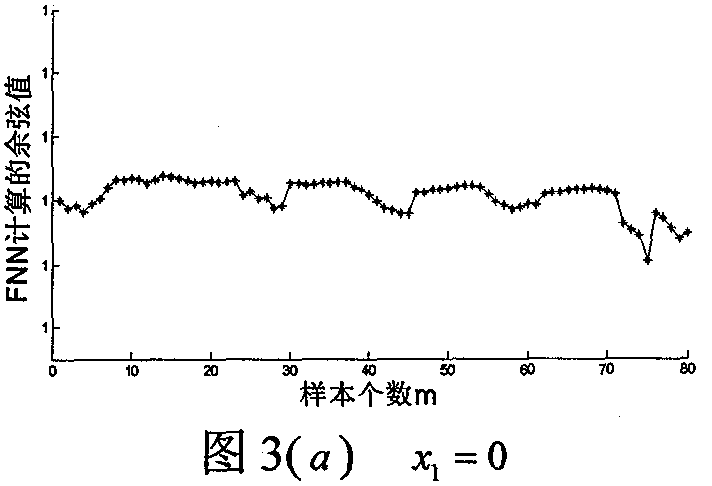Auxiliary variable reduction method for high-dimensional nonlinear soft sensor model
A technology of auxiliary variables and soft measurement, applied in the field of soft measurement, which can solve problems such as affecting the accuracy and generalization ability of soft measurement, ill-conditioned covariance matrix, and reducing modeling accuracy.
- Summary
- Abstract
- Description
- Claims
- Application Information
AI Technical Summary
Problems solved by technology
Method used
Image
Examples
Embodiment 1
[0056] Taking the soft sensor of the conversion rate of industrial product HCN as an example, the reduction of the high-dimensional nonlinear soft sensor model is carried out as follows:
[0057] Step 1: Determine n original auxiliary variables that may be related to the leading variable, collect the values of n original auxiliary variables and leading variables, form a sample set, and the size of the sample set is m, and write the n original auxiliary variable data into a matrix form, the leading variable data is written as a matrix Y=[y 1 ,...,y i ,...y m ] T form, where i=1, 2,..., m, the data matrix obtained after normalization processing is as follows:
[0058]
[0059] Y = [ y 1 - Σ j = 1 ...
PUM
 Login to View More
Login to View More Abstract
Description
Claims
Application Information
 Login to View More
Login to View More - R&D
- Intellectual Property
- Life Sciences
- Materials
- Tech Scout
- Unparalleled Data Quality
- Higher Quality Content
- 60% Fewer Hallucinations
Browse by: Latest US Patents, China's latest patents, Technical Efficacy Thesaurus, Application Domain, Technology Topic, Popular Technical Reports.
© 2025 PatSnap. All rights reserved.Legal|Privacy policy|Modern Slavery Act Transparency Statement|Sitemap|About US| Contact US: help@patsnap.com



